In the scorching heat of the Sonoran Desert, where temperatures can soar beyond 120°F and rain might not fall for months, life seems impossible. Yet beneath this seemingly barren landscape thrives an invisible army of microscopic warriors that have mastered the art of survival in one of Earth’s most punishing environments. These desert microbes have evolved extraordinary abilities that would make even the most advanced human technology seem primitive by comparison.
The Hidden World Beneath Our Feet
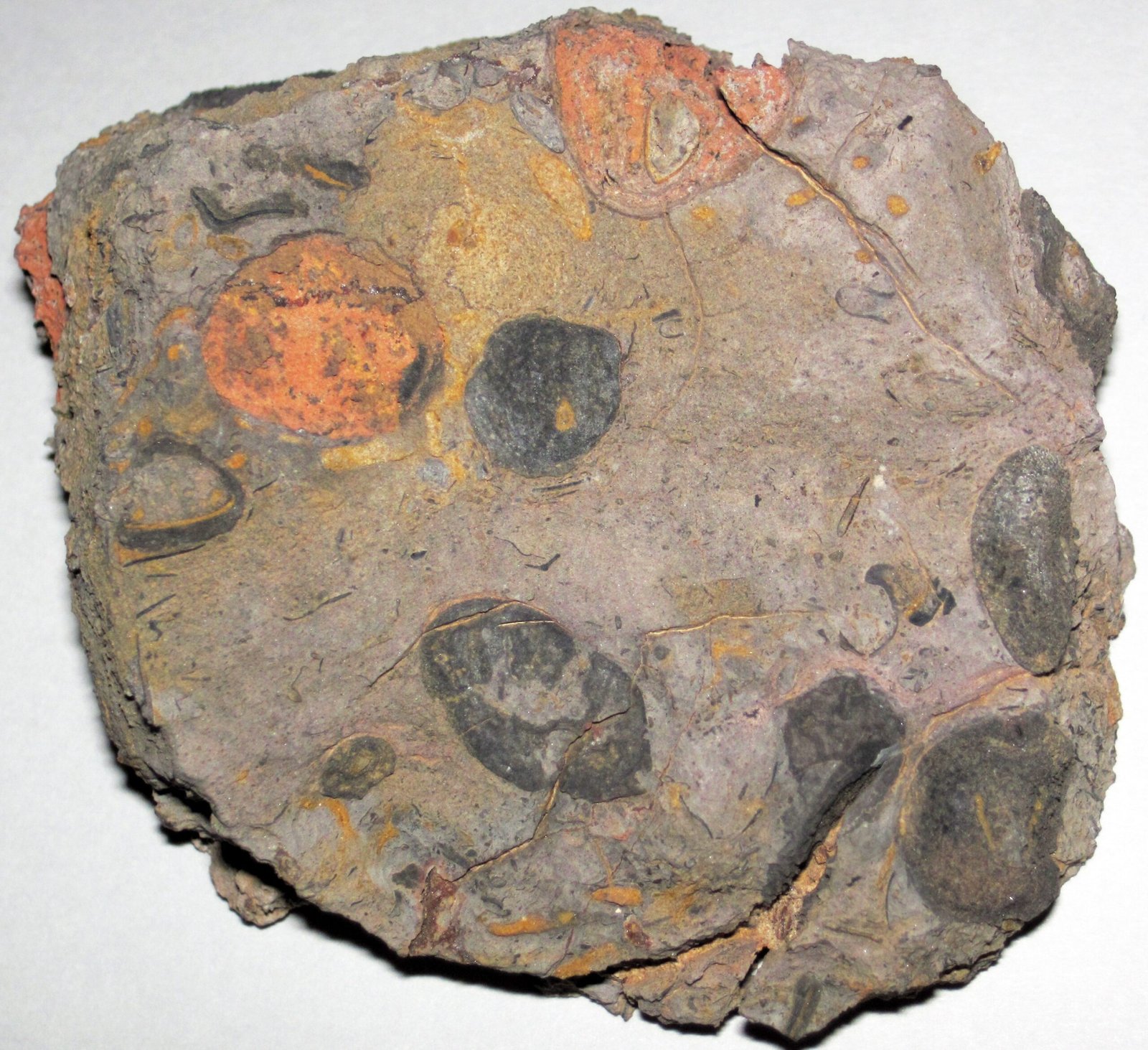
When you walk across the cracked, sun-baked earth of the Sonoran Desert, you’re actually stepping over billions of microscopic organisms that call this harsh environment home. These tiny life forms exist in a world so different from ours that they might as well be aliens living on another planet. Scientists have discovered that just one gram of desert soil can contain up to 100 million bacteria, each one perfectly adapted to survive conditions that would kill most other forms of life in minutes. The diversity is staggering – researchers have identified over 1,000 different species of microbes in Sonoran Desert soils alone. What makes this even more remarkable is that many of these organisms remain completely unknown to science, representing a vast frontier of biological discovery waiting to be explored.
Masters of Water Conservation
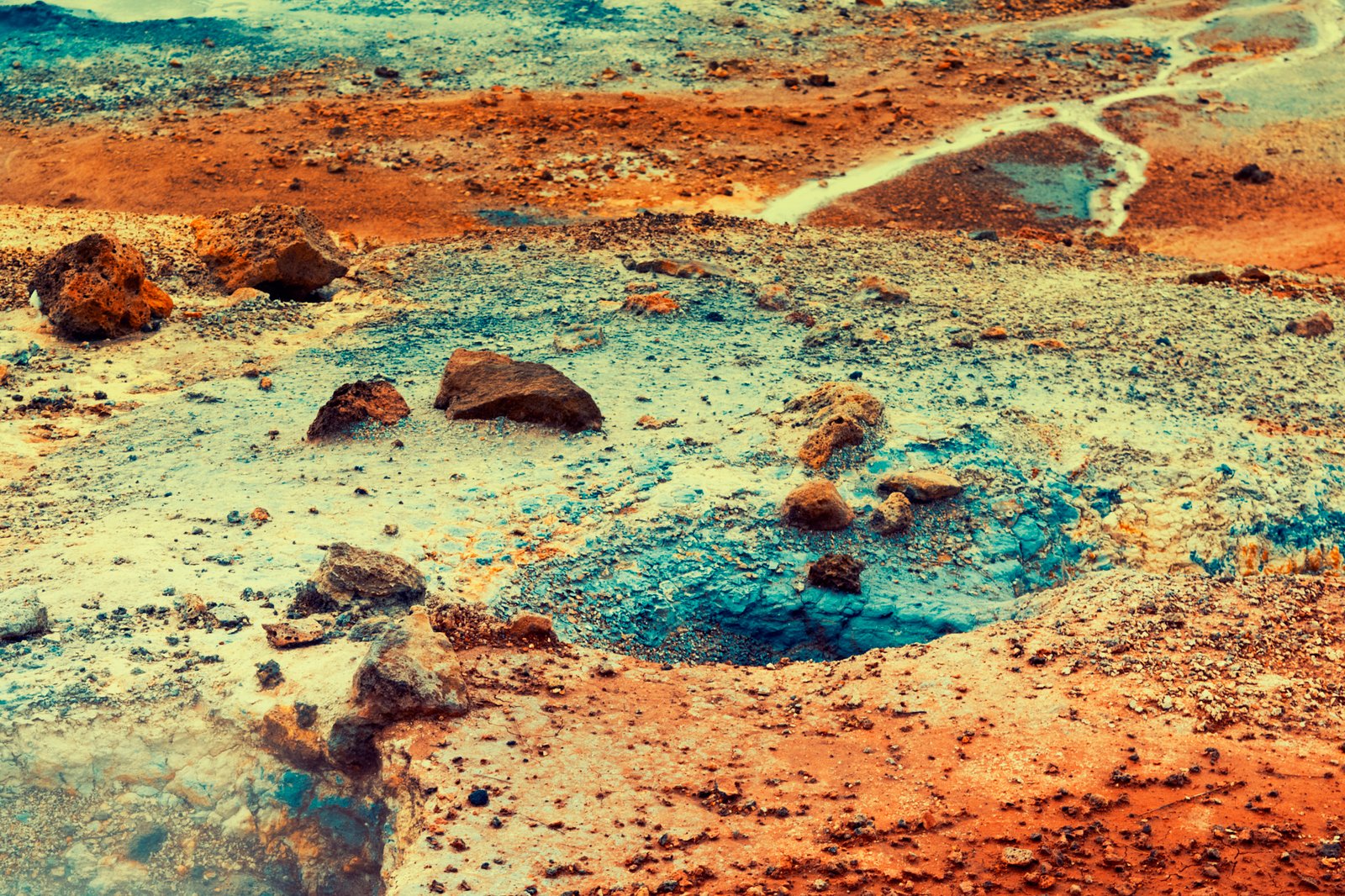
The most impressive feat these microbes perform is their ability to survive with virtually no water for extended periods. While humans can only survive about three days without water, some desert bacteria can remain dormant for decades, waiting patiently for the next rainfall. They’ve developed specialized cell walls that can shrink and expand like microscopic accordions, allowing them to conserve every precious drop of moisture. Some species have even learned to extract water directly from the air through a process called hygroscopic water absorption. Think of it like having a built-in dehumidifier that works even when the air humidity is less than 10%. These remarkable adaptations make them some of the most water-efficient organisms on our planet.
The Art of Playing Dead
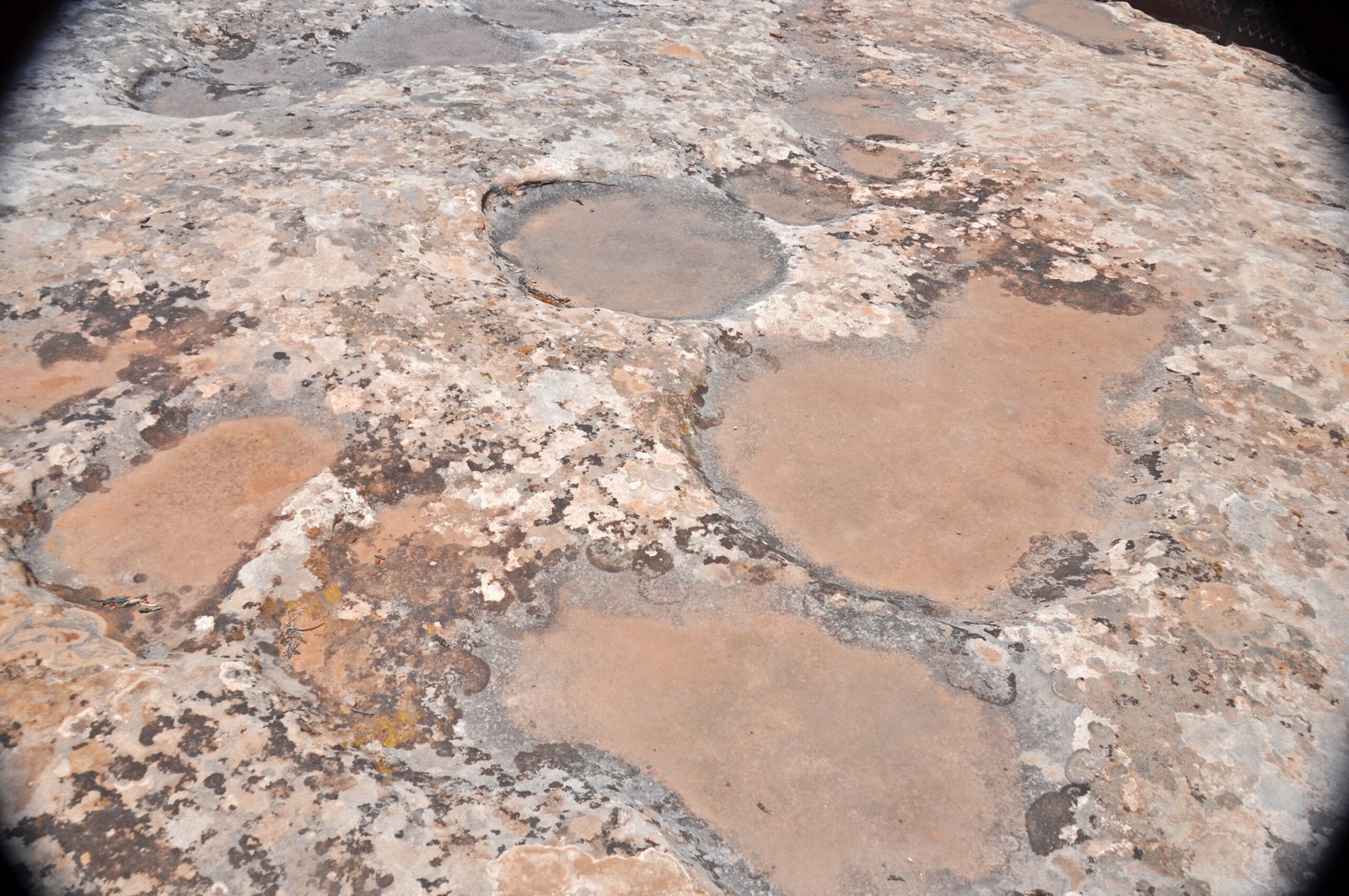
When conditions become too extreme, many Sonoran Desert microbes enter a state called cryptobiosis – essentially becoming the living dead. During this zombie-like state, their metabolism slows to nearly zero, and they can survive temperatures that would boil water or freeze solid. It’s like having a biological pause button that can be pressed for years or even decades. Scientists have revived bacteria from desert samples that had been dormant for over 30 years, and they sprang back to life as if nothing had happened. This incredible ability to suspend animation has captured the attention of researchers studying long-term space travel and preservation techniques. The implications for human medicine and technology are mind-blowing when you consider that these tiny organisms have perfected what we’re still trying to figure out.
Solar-Powered Survival Strategies
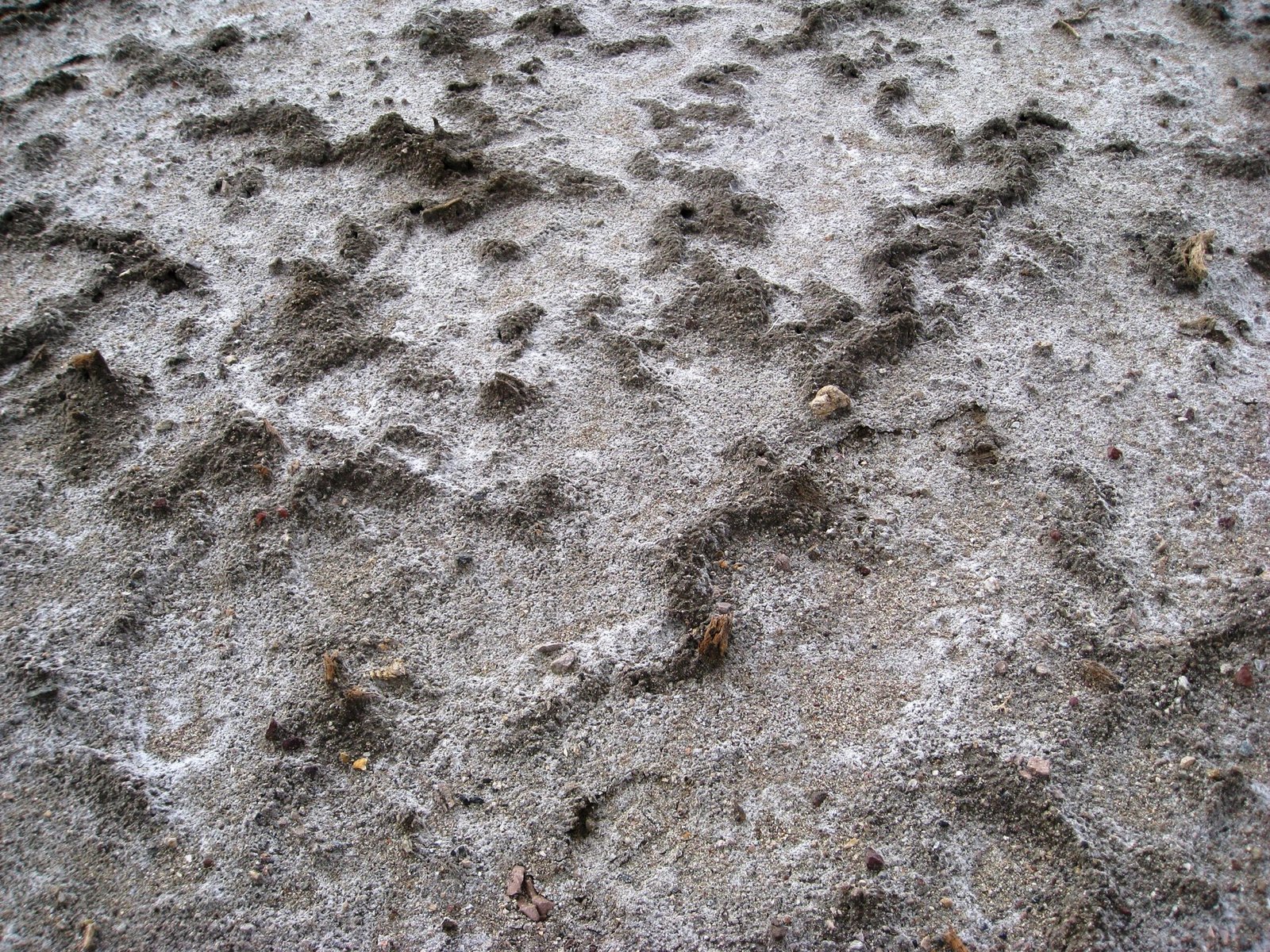
While most life on Earth depends on consuming other organisms for energy, many desert microbes have learned to eat sunlight directly through photosynthesis. These cyanobacteria form colorful crusts on the desert floor, creating living carpets that can appear bright green, orange, or even purple depending on the species. But here’s where it gets really interesting – they’ve also developed protective pigments that work like natural sunscreen, shielding them from the same intense radiation that would fry other organisms. Some species can actually change color throughout the day, becoming darker in the morning to absorb more heat and lighter at midday to reflect excess radiation. It’s like having a smart home system built into a single cell, automatically adjusting to environmental conditions for optimal survival.
Chemical Warfare in Miniature
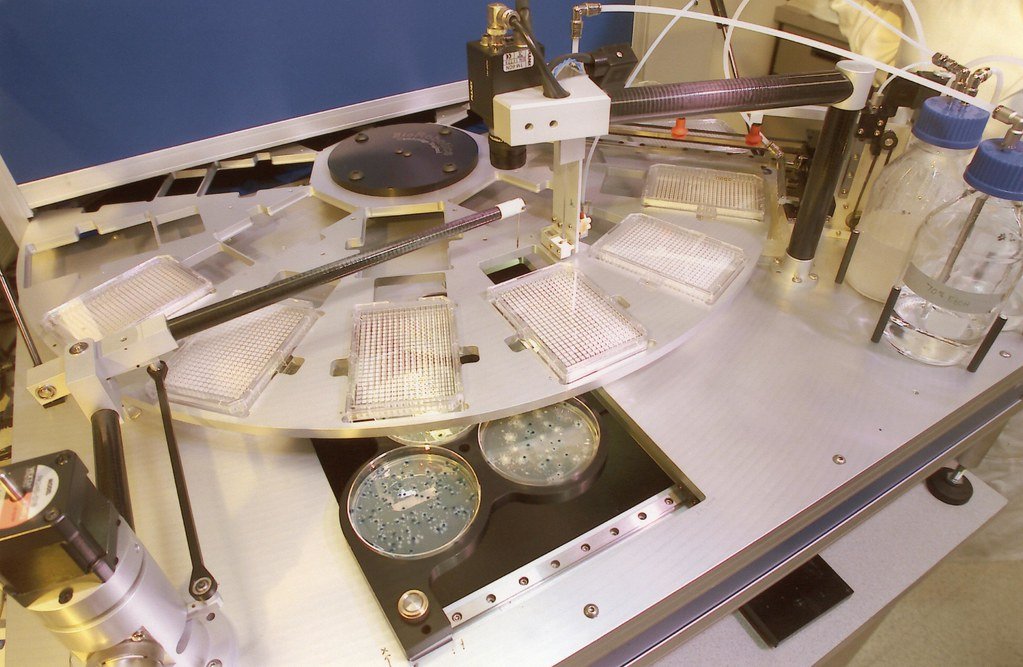
The competition for resources in the desert is fierce, so many microbes have developed their own arsenal of chemical weapons. They produce powerful antibiotics and toxins that can kill competing bacteria while protecting themselves from the same compounds. This microscopic arms race has been going on for millions of years, resulting in some of the most potent natural chemicals ever discovered. Many of the antibiotics we use in modern medicine were originally discovered in soil bacteria, including some from desert environments. What’s fascinating is that these tiny warriors are constantly evolving new chemical strategies, making them a potential goldmine for future drug discoveries. Scientists estimate that we’ve only scratched the surface of the pharmaceutical potential hidden in desert microbial communities.
The Underground Networks

Far from being isolated individuals, many desert microbes form complex underground networks that would make the internet jealous. They communicate through chemical signals, sharing information about food sources, threats, and environmental changes across vast distances. Some species form partnerships with desert plants, trading essential nutrients for protection and moisture in mutually beneficial relationships that have lasted millions of years. These microbial networks can extend for miles beneath the desert surface, creating an invisible ecosystem that’s just as complex as any rainforest. The coordination between different species is so sophisticated that scientists are studying these networks to improve our own communication and computing systems.
Temperature Extremes and Thermal Shock

The Sonoran Desert experiences some of the most dramatic temperature swings on Earth, with scorching days followed by surprisingly cold nights. While this thermal rollercoaster would be lethal to most organisms, desert microbes have developed heat shock proteins that act like molecular repair crews. These special proteins kick into action whenever temperatures spike, quickly fixing any damage to cellular structures before it becomes fatal. Some species actually thrive in these extreme conditions, using the temperature changes as signals to begin reproduction or enter dormancy. It’s like having a built-in early warning system that not only predicts the weather but also prepares the organism for survival. The speed at which these microscopic machines can adapt to temperature changes puts our best engineering to shame.
Salt Tolerance and Mineral Processing
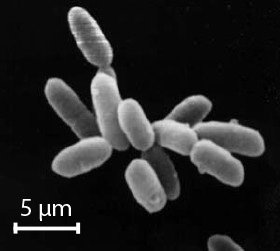
Many areas of the Sonoran Desert contain extremely high salt concentrations that would pickle most living things, but specialized halophilic bacteria have turned this challenge into an opportunity. These salt-loving microbes have evolved to not just tolerate high salinity but actually require it for survival. They’ve developed unique membrane structures that can pump excess salt out of their cells while retaining essential nutrients. Some species are so adapted to salty conditions that they’ll actually die if placed in fresh water. What’s even more remarkable is that these organisms can process and concentrate various minerals from their environment, essentially acting as biological mining operations. Their ability to extract valuable elements from seemingly barren soil has caught the attention of companies looking for sustainable mining alternatives.
Radiation Resistance Champions

The intense solar radiation in the desert would quickly damage the DNA of most organisms, but many Sonoran microbes have developed extraordinary resistance to radiation damage. Some species can survive radiation levels thousands of times higher than what would kill a human, making them among the most radiation-resistant life forms on Earth. They’ve evolved multiple DNA repair mechanisms that work like molecular mechanics, constantly fixing radiation damage as it occurs. These capabilities have made them valuable research subjects for space exploration, as they could potentially help us understand how life might survive on other planets with high radiation environments. The proteins responsible for their radiation resistance are being studied for potential applications in cancer treatment and radiation protection for astronauts.
Nitrogen Fixation in Nutrient-Poor Soil

In the nutrient-starved environment of the desert, the ability to create your own fertilizer is a game-changer. Many desert bacteria have mastered nitrogen fixation, converting atmospheric nitrogen into compounds that plants can use for growth. This process requires enormous amounts of energy, but these microbes have found ways to make it work even in the harshest conditions. They often form partnerships with desert plants, providing essential nutrients in exchange for protection and occasional moisture. Without these nitrogen-fixing bacteria, the desert ecosystem would collapse, as plants would have no source of this crucial nutrient. The efficiency of their nitrogen fixation process is so impressive that scientists are trying to replicate it in agricultural systems to reduce the need for synthetic fertilizers.
Methane Production and Consumption

Some of the most surprising desert microbes are those that produce and consume methane, creating their own underground gas economy. Methanogenic bacteria generate methane as a waste product of their metabolism, while methanotrophic bacteria consume it as food, creating a balanced cycle that’s been operating for millions of years. This process is particularly important in areas where organic matter accumulates, such as around the roots of desert plants or in temporary water pools. The methane cycle in desert soils plays a significant role in global climate patterns, and understanding these processes is crucial for predicting how climate change might affect desert ecosystems. These tiny organisms are essentially running their own energy companies, producing and trading gases in an economy we’re only beginning to understand.
Biofilm Formation and Community Living
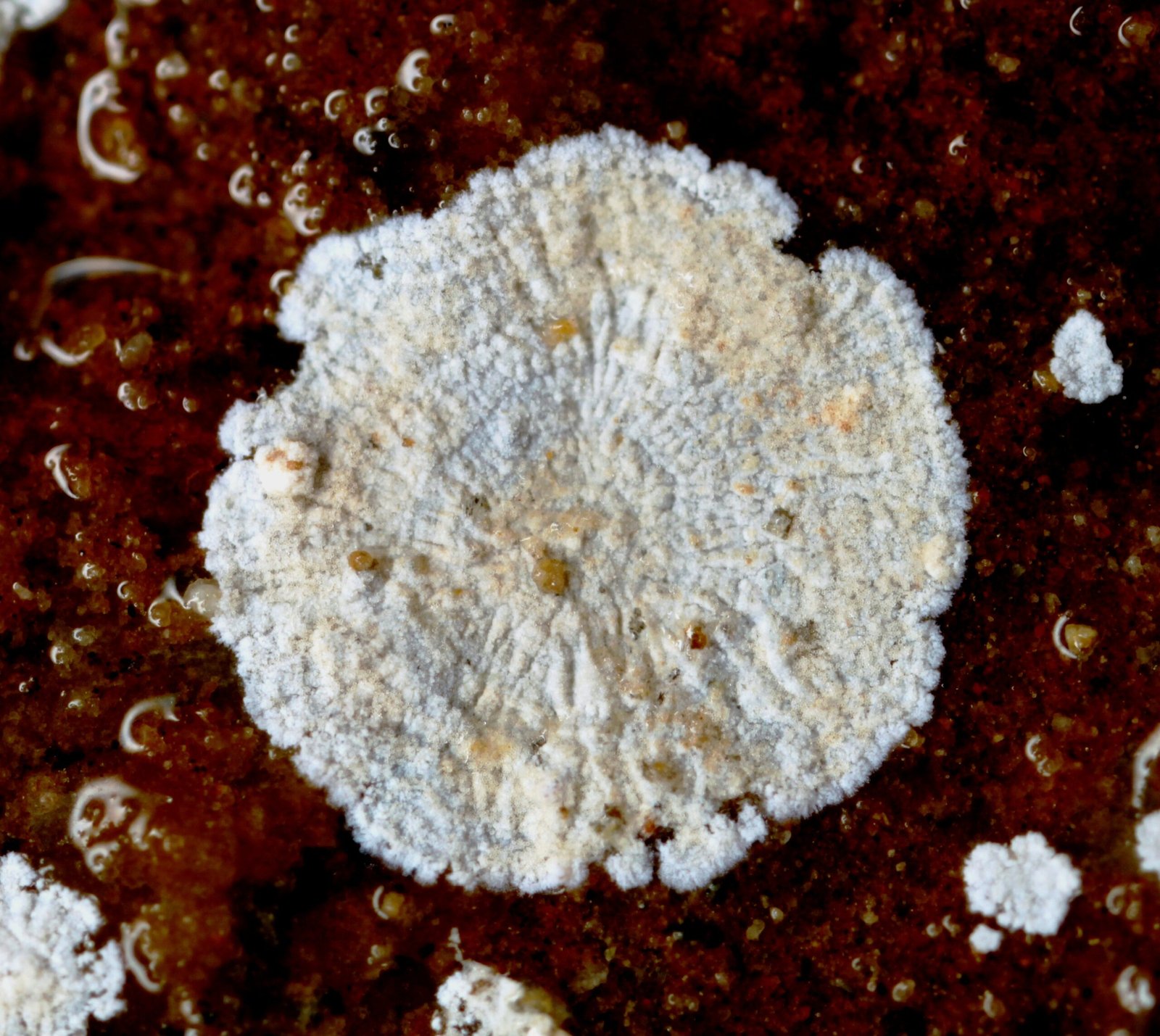
When the going gets tough, desert microbes get together by forming protective biofilms – slimy communities that work like microscopic cities. These biofilms can contain dozens of different species, each contributing unique abilities to the collective survival effort. The outer layers protect inner residents from harsh conditions, while specialized bacteria in different zones perform specific functions like waste processing or resource distribution. Some biofilms can remain active for years, slowly growing across rock surfaces or soil particles like living carpets. The cooperation within these communities is so sophisticated that individual bacteria can sacrifice themselves for the good of the group, a level of altruism that challenges our understanding of microbial behavior.
Enzyme Adaptations for Extreme Conditions

The enzymes that power cellular processes in desert microbes are engineering marvels that remain functional under conditions that would destroy normal proteins. These thermostable enzymes can continue working at temperatures that would cook an egg, while maintaining their shape and function through extreme pH changes and salt exposure. Scientists have discovered that these enzymes often have unique folding patterns and amino acid compositions that make them incredibly resilient. Many industrial processes now use enzymes derived from desert bacteria because they can operate under harsh conditions that would break down conventional catalysts. The biotechnology industry has found these enzymes invaluable for everything from laundry detergents that work in hot water to industrial processes that require high-temperature reactions.
Symbiotic Relationships with Desert Plants

The partnership between desert microbes and plants represents one of nature’s most successful collaborations, with both sides benefiting from arrangements that have been refined over millions of years. Root-associated bacteria help plants absorb water and nutrients while receiving shelter and food in return, creating underground support networks that extend the reach of plant root systems. Some bacteria can even help plants resist disease and pest attacks by producing natural pesticides or boosting the plant’s immune system. These relationships are so important that many desert plants cannot survive without their microbial partners, and the bacteria have become so specialized that they can only live in association with specific plant species. The complexity of these partnerships rivals the most sophisticated human business relationships, with contracts written in chemical signals and payments made in nutrients and protection.
Spore Formation and Long-Term Survival

When all else fails, many desert bacteria have the ultimate survival strategy – transforming into nearly indestructible spores that can weather any storm. These spores are like biological time capsules, containing all the genetic information needed to restart life when conditions improve. The spore walls are so tough that they can survive being frozen, heated, irradiated, and chemically attacked without losing viability. Some spores discovered in ancient desert sediments have been successfully revived after remaining dormant for thousands of years, proving that this strategy is incredibly effective for long-term survival. The formation process itself is a marvel of cellular engineering, with the bacterium essentially packaging itself for indefinite storage while maintaining the ability to spring back to life when water and nutrients become available.
pH Tolerance and Acid Resistance
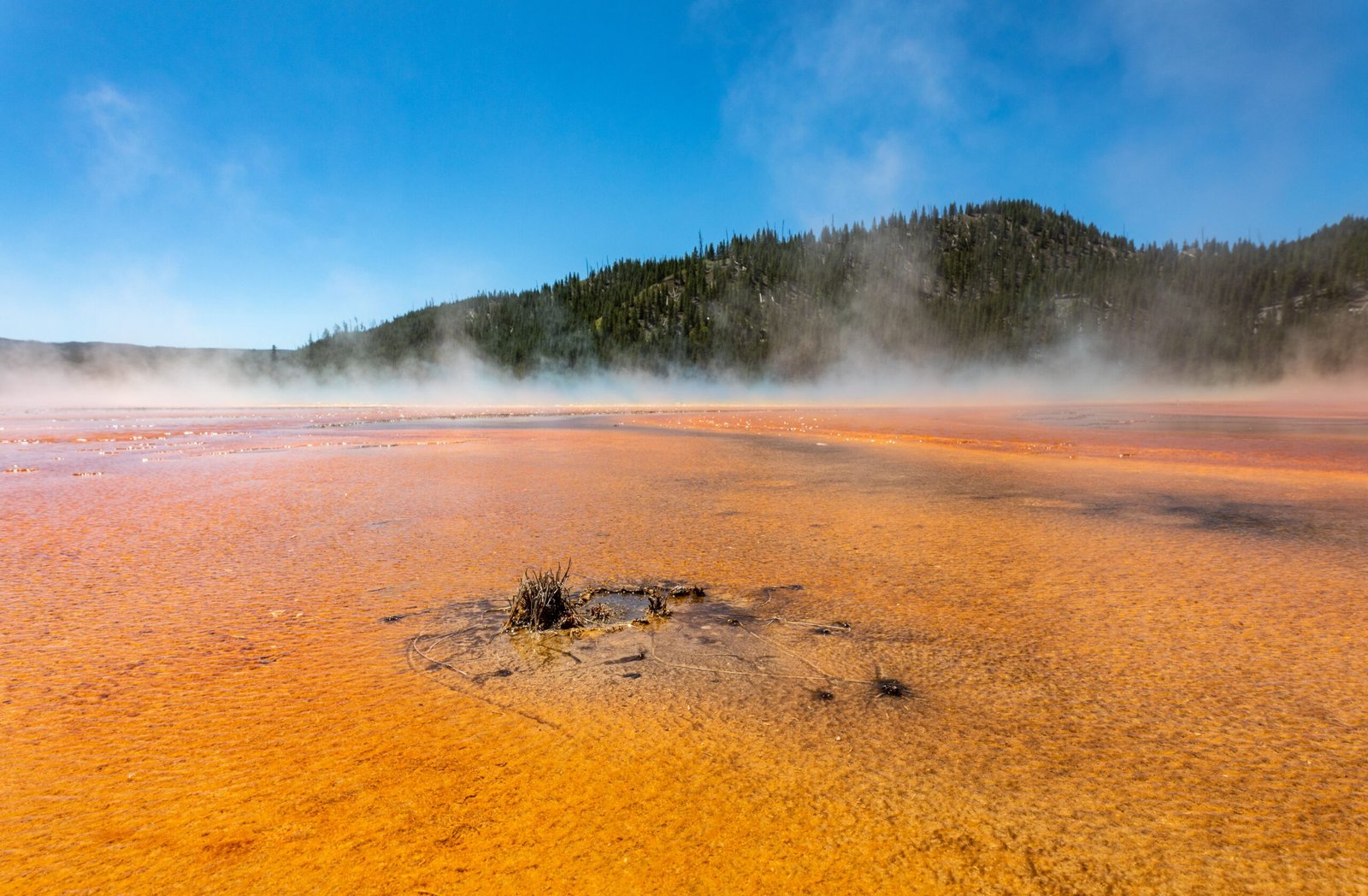
Desert soils can range from extremely acidic to highly alkaline, sometimes changing dramatically within just a few inches of space, but specialized bacteria have learned to thrive across this entire pH spectrum. Acidophilic bacteria can survive in conditions more corrosive than battery acid, while alkaliphilic species flourish in environments more basic than household bleach. These organisms have developed sophisticated buffering systems that maintain stable internal conditions regardless of external pH extremes. Some species can actually switch their metabolism depending on pH levels, using different energy sources and pathways to survive in whatever chemical environment they encounter. Their ability to adapt to such extreme chemical conditions has made them valuable for industrial processes that require organisms capable of working in harsh chemical environments.
Quorum Sensing and Microbial Communication

Desert bacteria have developed sophisticated communication systems that allow them to coordinate behavior across large populations through a process called quorum sensing. They release chemical signals that act like molecular text messages, telling other bacteria about population density, resource availability, and environmental threats. When enough bacteria are present, they can collectively switch on genes that wouldn’t be active in isolated individuals, essentially making group decisions about when to reproduce, form biofilms, or produce antibiotics. This communication system is so advanced that bacteria can distinguish between signals from their own species and those from competitors, allowing them to coordinate with allies while defending against enemies. Scientists are studying these communication networks to develop new approaches to treating bacterial infections and improving biotechnology applications.
Adaptation to Seasonal Changes

Desert microbes have evolved to read the subtle seasonal signals of their environment with remarkable precision, timing their activities to take advantage of brief windows of opportunity. They can sense minute changes in temperature, humidity, and day length that herald the approach of seasonal rains or temperature shifts. Many species have developed internal biological clocks that help them prepare for seasonal changes weeks or even months in advance. During the brief periods when conditions are favorable, these organisms can rapidly reproduce and spread, making the most of every available resource before returning to survival mode. The timing of these seasonal adaptations is so precise that researchers use microbial activity as an indicator of climate change, since these organisms are among the first to respond to shifting environmental patterns.
Heavy Metal Tolerance and Bioremediation

Many areas of the Sonoran Desert contain high concentrations of heavy metals that would be toxic to most life forms, but specialized bacteria have turned these poisons into tools for survival. These metal-tolerant microbes can concentrate heavy metals in their cells without suffering damage, sometimes accumulating concentrations thousands of times higher than the surrounding environment. Some species actually use heavy metals as part of their metabolism, incorporating them into enzymes or using them for energy production in ways that seem almost impossible. This remarkable ability has made them valuable for environmental cleanup efforts, as they can remove toxic metals from contaminated soil and water through a process called bioremediation. The mechanisms they use to handle heavy metals are being studied for applications in mining, waste treatment, and environmental restoration projects.
Future Research and Biotechnology Applications

The extraordinary survival abilities of Sonoran Desert microbes represent an untapped treasure trove of biotechnology applications that could revolutionize everything from medicine to space exploration. Scientists are working to unlock the genetic secrets behind their extreme survival abilities, hoping to transfer these capabilities to other organisms or develop new technologies based on microbial innovations. Current research is exploring how desert microbe enzymes could improve industrial processes, how their stress resistance mechanisms could help crops survive climate change, and how their communication systems could inspire new approaches to computing and robotics. The pharmaceutical potential alone is staggering, with researchers estimating that desert microbes could yield hundreds of new antibiotics and other therapeutic compounds. As we face increasing challenges from climate change and environmental degradation, these tiny desert survivors may hold keys to solutions we haven’t even imagined yet.
The microscopic inhabitants of the Sonoran Desert have spent millions of years perfecting the art of survival against impossible odds, developing capabilities that make our most advanced technologies look primitive. From their ability to remain dormant for decades to their sophisticated chemical warfare systems, these tiny organisms represent one of evolution’s greatest success stories. Their innovations in water conservation, temperature resistance, and community cooperation offer blueprints for solving some of humanity’s greatest challenges. As we continue to explore their hidden world, we’re discovering that the real treasures of the desert aren’t gold or silver, but the invaluable biological wisdom encoded in organisms too small to see. What other secrets might be waiting beneath our feet?




